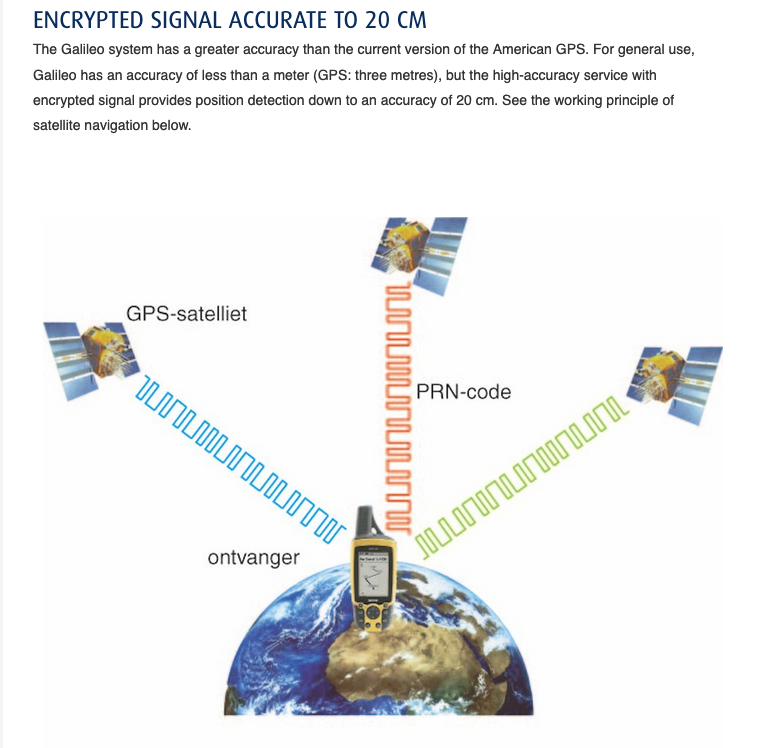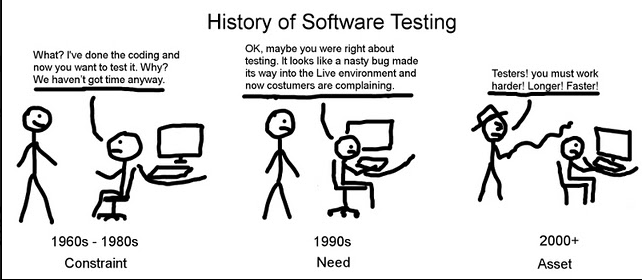Conceptualizing, designing and developing a new digital application, as a product, requires diligence and effort. When people haven’t been exposed to the process to create a new digital application, often their assumption is the following:
- I have a good idea
- I need a good programmer so he or she programs my idea
- Finally “voilà” I have a successful product ready.
This procedure is a complete misunderstanding of reality. Actually, why people think this approach is even feasible? Perhaps the entertainment media, which often makes everything look easy, has conveyed this message accidentally. The creation of a digital product has many phases which have to be thought even before committing to develop. Often it is hard for people to believe this, however it is true.
For this post, we searched for a diagram which might offer a “holistic” view of the many possible testing phases to produce a new digital product. We found the following diagram from Itamar Gilad (Figure 1) that might be understandable for “non-developers”.
Girald’s diagram offers a “holistic” view illustrating most important validation methods in different categories of product development.

What is the validation status of umaze?
This is a very good question. The use of satellite data adds a dimension in our validation process, particularly on the development side. Clarifying, umaze harnesses the accuracy of the Galileo Satellite Network (Figure 2). We must have this “technical” capability right constantly.

With umaze we should assure a constant and smooth communication between the players’ phones and the satellite data when they walk at slow speed outdoors. Often tests about accuracy are in “fast” speeds, from running to driving, etc. Or when one is stationary. In our case the players are moving slowly in short distances, because they are solving a maze while walking. This is a development challenge per se, at a software engineering dimension. Hence we have to be testing constantly at this level.
To clarify what we mean as testing, oxford dictionary defines test as: a procedure intended to establish the quality, performance, or reliability of something, especially before it is taken into widespread use.
In the case of computer science, the idea of testing emerged in the last century. For example, Glenford Myers in late 1970s publish The art of software testing, which is a classic today and the book is still utilized. In all these decades, our perception of testing has evolved as the cartoon (Figure 3) indicates:

Today there are many methods, models and approaches for testing. For example, in testing engineering they talk about: black, grey and white boxes. Henard C., Papadakis M., Harman M., Jia Y., and Le Traon Y. 2016. Comparing white-box and black-box test prioritization. In Proceedings of the 38th International Conference on Software Engineering (ICSE ’16). Association for Computing Machinery, New York, NY, USA, 523–534.
Now with location based services the complexity increases. For example: O. Aktouf, T. Zhang, J. Gao and T. Uehara, “Testing Location-Based Function Services for Mobile Applications,” 2015 IEEE Symposium on Service-Oriented System Engineering, San Francisco Bay, CA, 2015, pp. 308-314.
However now let’s answer the question: What is the status of umaze?
On one side, we are in an assessment and fact finding phase, while aiming to build a community. On the other hand, we are testing and experimenting from the technology perspective.
While testing the technology we are using Gilad words: “Idea validation is really only limited by our creativity and willingness to step outside our comfort zone.”
Here you can see a video of a non-developer testing a new version of umaze at the Urheilupuisto Park. The video has comments for our star developer, because even if we record umaze’s screen, one can’t see what is happening in the player’s context while walking. The test is done with an Honor 10, which doesn’t have support for Galileo satellites.
We are looking for volunteers to try umaze and if you want to be part of the select group of “smoke testers” we welcome you. Just register below:
“Quality is never an accident; it is always the result of intelligent effort.” – John Ruskin

